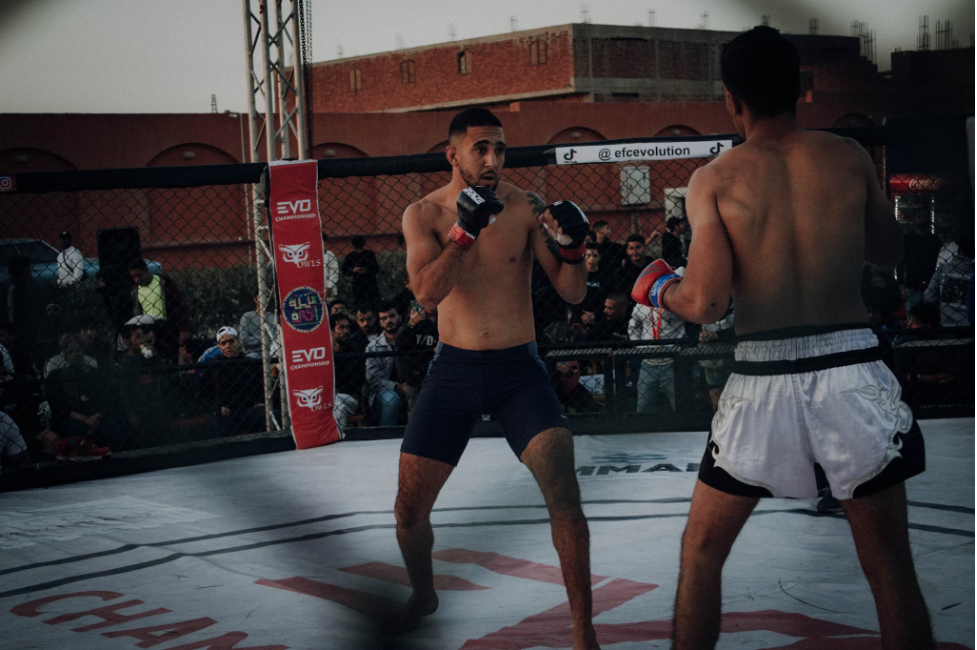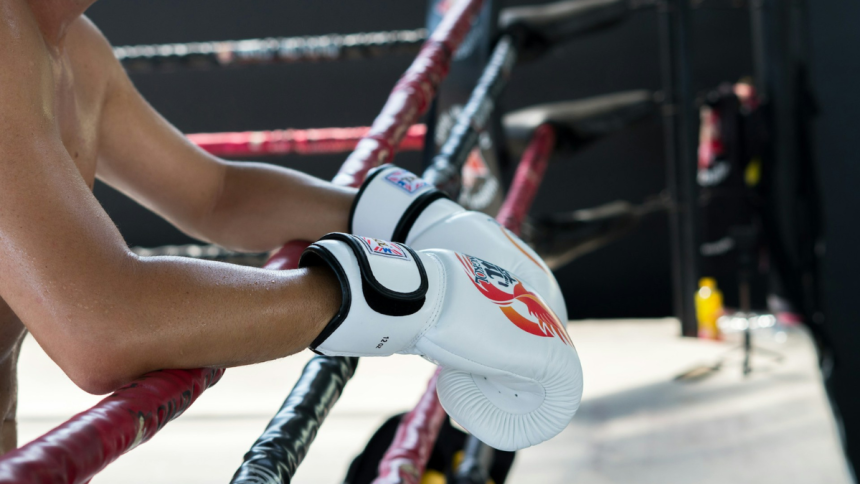In the past, boxing was instinctive and repetitive, but now, it’s focused on insights, real-time feedback, and precision. With wearable tech on arms, torsos, wrists, and even shoes, fighters are not just training harder; they’re training smarter. There’s no more guesswork involved; training is now targeted, individualized, and data-driven. But what exactly does this technology do for the fight game? That question will be answered in this article.
Tech in Every Round
Go to any premier gym in the world today, and it will be impossible to miss the sensors flashing, trackers beeping, and data streaming into tablets as athletes work out. The new sparring partner is wearable technology, whether it be a Whoop band measuring strain and recovery or CornerBox AI’s motion trackers. Boxers are surrounded by instruments designed to maximize every split second.
According to the Olympic Training Center, over 85% of athletes monitor their daily load, sparring sessions, and even their reflexes using wearables. When Shakur Stevenson’s coach changed his training due to inconsistent nightly recovery scores, his sharpness during sparring increased dramatically within one week. Fans involved in betting online were shocked, and the odds for his victory changed significantly. And yes, we assure you, this is not a theory. There are already enough examples with real, tangible results!
Track, Train, Repeat
Wearable devices don’t just collect data; they provide fighters with a feedback loop that is astonishing in its capacity for refinement. Here is how they are enhancing the current era of boxing:
- Movement Trackers. These, placed on the ankles or torso, track footwork rhythm and how fast a fighter can pivot, allowing boxers such as Jesse Rodriguez to minimize motion and gain control in the middle of the ring.
- Breathing Rate Monitors. Devices such as Hexoskin monitor respiration during core workouts, revealing cardio strain levels and helping implement recovery strategies.
- Sleep Recovery Sensors. Used by elite users, these sensors ensure every session is preceded by deep, quality rest. The mantra is simple: no recovery, no results.
- Load Management Devices. Such as Catapult, these devices track the impact and intensity of each session. This enables coaches to adjust sessions to prevent overtraining.
No longer is the aim to exercise as much as possible; now, it is about the efficiency of the body’s absorption of the worn-out. And the results show that it is effective, so subscribe to Melbet Instagram to learn about future innovations in sports. A lot of different sports content is already waiting for you!
Measuring Punch Power
Curious about how hard you are hitting? Wearable technology can help. Smart gloves like StrikeTec, or micro-sensor-equipped wraps, monitor punch velocity, impact strength, and frequency. During sparring sessions at the Mayweather Boxing Club, athletes registered over 1,000 punches per session. Real-time stats were shown on screens throughout rounds.
This type of feedback has enabled fighters to better identify their most prominent power shots, improve technique, and even step around injuries from bad form. One of the up-and-coming welterweights managed to correct a small wrist angle injury after observing inconsistent peak-force data—a decisively beneficial change that improved his knockout rate from 12% to 27% over the course of five fights. It’s clear that precision matters. It is also becoming apparent how much control is required to harness power, and data is revealing the methods to obtain both.
Smarter Sparring Sessions
Sparring would no longer be about sheer will, but heart rate and other data points of interest. Wearable technology is now used by coaches to manage risk, make pacing safer, and even for real-time strategy optimization. Here’s how safely and smartly training intensity optimization is done:
- Impact Monitoring Sensors: Damage levels on the brain must be monitored. With force and frequency detection gloves, coaches can be warned when damage levels cross safety thresholds.
- Fatigue Alerts: Gloves and torso bands are designed to work in tandem. Torso bands send alerts when heart rate doesn’t recover between rounds. This helps negate fatigue that might lead to sloppy technique and overexertion, which could lead to injury.
- Speed-to-Power Ratios: Efficiency and energy waste are measured through wrist trackers while throwing. This leads to more concentrated output.
- Motion Consistency Reports: Systems log mechanics stepwise and roundwise, helping fighters keep their head in the game with regards to tedious punch changes under pressure.
It’s no longer a matter of hitting harder. It’s a matter of knowing how, when, and why. Sparring has merely become a science.

Heart Rate Meets Hustle
The bout begins long before the opening bell, and wearable technology captures all of the nuance. Metrics such as recovery tracking, heart rate variability, and strain scores enable coaches to have a comprehensive understanding of how a fighter’s body is responding to their training camp. One flyweight prospect discovered with data tracking from Whoop that his sleep quality plummeted on Wednesdays. That prompted changes to sparring day schedules, which resulted in avoiding overtraining plateaus.
The improvement of performance mapping now includes heart rate zones, ranging from warm-ups to max effort pad work. In one study, fighters who stayed within their optimal conditioning zones for 75% of a training camp reported sharper mid-camp sparring and lower burnout in the middle of the camp. The focus isn’t only on volume — it’s about the precision of when to exert effort, and technology ensures every second of training is utilized effectively.
Gear That Guides Growth
The purpose of this gear is not to substitute for the perseverance put into training, but rather to augment it. Wearables provide a boxer with the inaudible commentary that no one else can see, telling the truth when it matters the most. Your wrist speaks. Your chest monitor nudges you. The coach’s tablet blinks. This is how progress is achieved in the ring—by not inflicting more damage but providing better direction. The future is not just harsh, but rather informed in a beautiful way. The journey to greatness begins with a single sensor.
Lynn Martelli is an editor at Readability. She received her MFA in Creative Writing from Antioch University and has worked as an editor for over 10 years. Lynn has edited a wide variety of books, including fiction, non-fiction, memoirs, and more. In her free time, Lynn enjoys reading, writing, and spending time with her family and friends.















